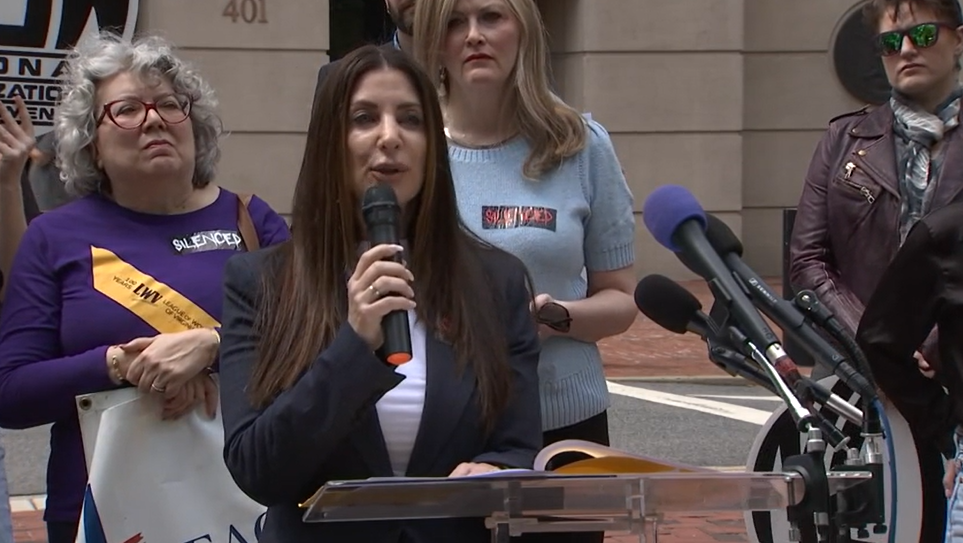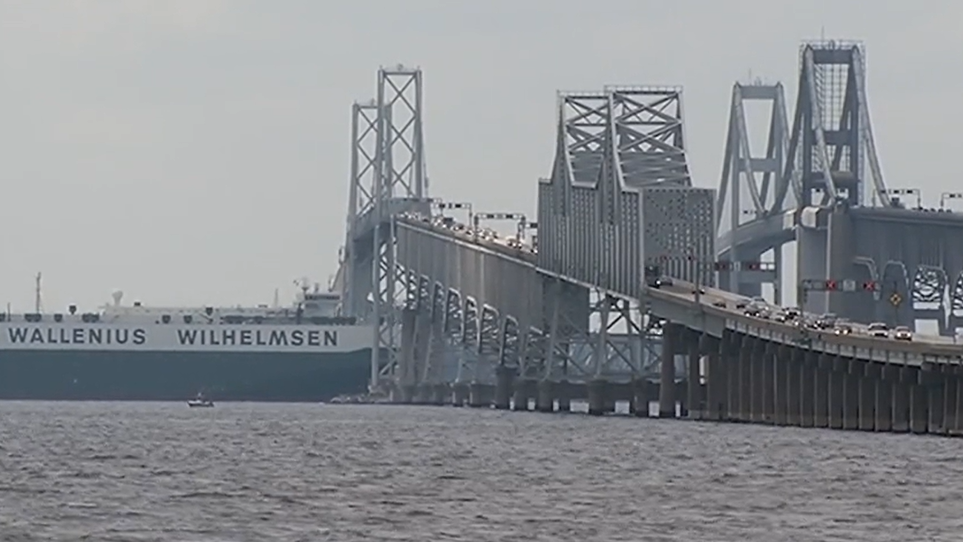If you're planning on visiting family for Thanksgiving, we have the travel information you need to know -- including the best and worst times to hit the road.
More than 54 million are expected to travel 50 miles or more this holiday and travel times in congested cities like D.C. could quadruple, AAA says.
When's the Best Time to Travel?
Don't rely on conventional wisdom to get ahead the 1.3 million other Washington-area residents AAA predicts will travel for Thanksgiving.
The worst day on the roads? Probably Tuesday.
Historically, AAA's John Townsend says, Wednesday has been the toughest travel day for drivers. And while it's still expected to be the busiest day in the air, don't expect to beat the worst congestion by leaving the day before.
"Now it is shifting, as everyone tries to get a head-start on the holiday," Townsend said. "Tuesday is now the worst day and time to hit the highways for the holiday."
Obviously, you're going to want to drive during off-peak hours and on less congested roads. But when and where are those?
Traveling after 9 p.m. and before 9 a.m. will still help you avoid traffic, predictive data from Google and VDOT suggest. If you're going on Tuesday or Wednesday, MDTA suggests traveling before 6 a.m. or after 11 p.m.
In Maryland, your best bet is to choose US-301 over the Beltway, and the BW Parkway over 1-95, according to predictive data from Google.
Travelers in Virginia should consider using Route 1 instead of Interstate 95, the same data suggests. You can check the I-95 and I-495 reversible lane schedule here.
In Virginia, the heaviest traffic is most likely to happen from mid-morning to evening on Tuesday and Saturday, the Virginia Department of Transportation (VDOT) said.
VDOT also has an interactive map showing the expected congestion levels for I-95 and Northern Virginia through Sunday, based on travel trends of the past few years.
Local
Washington, D.C., Maryland and Virginia local news, events and information
HOV restrictions on Interstate 66 will be lifted on Thursday, Nov. 22. But drivers will still need an E-ZPass to use the lanes.
Transportation officials in both states are lifting construction-related lane closures throughout the Thanksgiving holiday to help drivers travel more easily.
10 More Travel Tips:
1. Still don't have an E-ZPass? Get one. You'll save a significant amount of time. The transponders are available at a few retail locations. Visit EZPassMD.com or EZPassVA.com to see where you can get one in person.
2. If you have an E-ZPass, make sure your info's up to date. Go to your state's E-Zpass site to verify that your credit card, license plate number and contact information are all current.
3. Don't have roadside assistance? Get it. Make a quick call to sign up for it through your car insurance company, or go online to register with AAA. You'll have help if the unexpected happens, both to keep you safe and to save yourself a lot of time and frustration.
4. Make sure your car is ready for the trip. Consumer Reports has a quick checklist you can run through, including making sure all your lights are working, your washer fluid is filled and your tire pressure is good. See the full list here.
5. Don't text and drive... or look at directions and drive... or flip through your playlist and drive. In Maryland, it's illegal to text while driving. Texting while driving is also illegal in Virginia. Designate your front-seat passenger to be in charge of your phone, the playlist and the directions.
6. Take a safety break. You might be tempted to make as few stops as possible, but don't drive for so long that you become a danger to yourself or others. A break at a rest stop will refresh you or let you exchange driving duties with a travel buddy.
7. But plan ahead to avoid unnecessary stops. If you have small kids, you're probably used to packing water and snacks. But even if your car is adults-only this Thanksgiving, it's always a good idea to bring along the basics. You'll also save money and probably end up with healthier options than what you'd get at a rest stop.
8. It gets darker earlier during the fall and winter seasons. Look out for pedestrians with the lack of daylight.
9. MDTA reports that the risk of deer and vehicle collisions is greatest during fall and early winter. Two-thirds of these crashes occur in October, November and December. Be extra cautious of the critters.
10. On your journey, watch for patches of wet leaves. They can create slippery driving conditions.



